This blog consists of information relating to the various organized crime groups located in Latin America during the 20th century.
Don't wanna be here? Send us removal request.
Link
0 notes
Link
0 notes
Link
0 notes
Text
Latin American Countries influence on Drug Cartels
States determine the form or type of organized crime that can operate and flourish with a given national territory.
Criminal organizations, in contrast, do not determine the type of state, although they certainly can deter or inhibit political reform efforts at all levels of a political system from local to national.
0 notes
Text
American influence on Medellin + Cali Cartels headed by US government’s South Florida Task Force in 1982
These routes were quickly replaced over the mid to late 1980s and early 1990s with new routes that used:
1) Panama and Central America
2) The Gulf of Mexico
3) The Pacific Corridor
In order to reach Mexico and then cross from Mexico into United States. When the Mexican cartels took over from Medellín and Cali in the late 1990s, the Pacific Corridor became the principal smuggling route northwards from Colombia to the United States, although the Gulf route also remained active.17\
The established Caribbean routes used by the Medellín and Cali cartels in the 1970s and early 1980s were essentially closed down by American law enforcement and military operations.
0 notes
Text
Bolivia
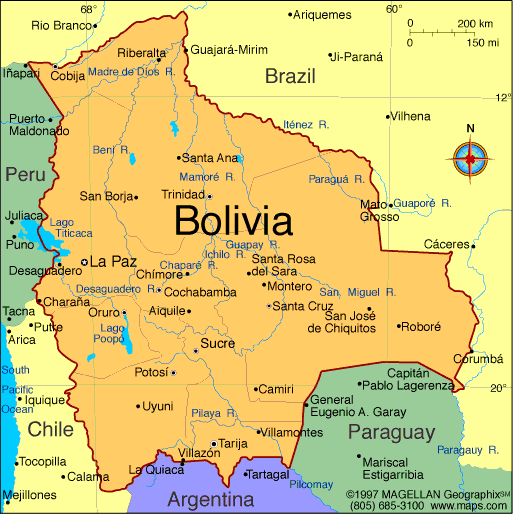
Coca consumption in Bolivia is an accepted social convention practiced by the indigenous majority and other segments of Bolivian society.
With the criminalization of the cocaine industry in Peru, Bolivia stepped in after 1952 to nurture this illegal enterprise.
The presence of peasant cooperatives in the countryside since the Movimiento Nacional Revolucionario revolution of 1952 produced coca grower associations and generally inhibited the rise of both criminal organizations and guerrilla movements as intermediaries
- The Bolivian military itself has on various occasions fulfilled this role.
0 notes
Text
Cuba:
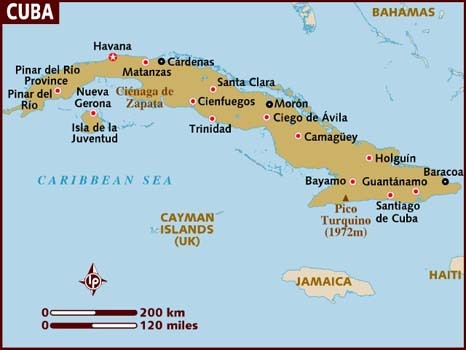
Cuba became perhaps the most consequential location for the development of cocaine as a pleasure drug - The Havana
The Havana was one of the first “post-war global sin capitals"
By 1954, Havana had the most Cadillacs per capita of any city in the world.
It was here that many American mobsters mingled with their counterparts from Mexico and Central and South America.
0 notes
Quote
A legal cocaine industry emerged in Peru in the late nineteenth century and serviced pharmaceutical and commercial concerns in Europe and the United States.
Paul Gootenberg
0 notes
Text
Peru:
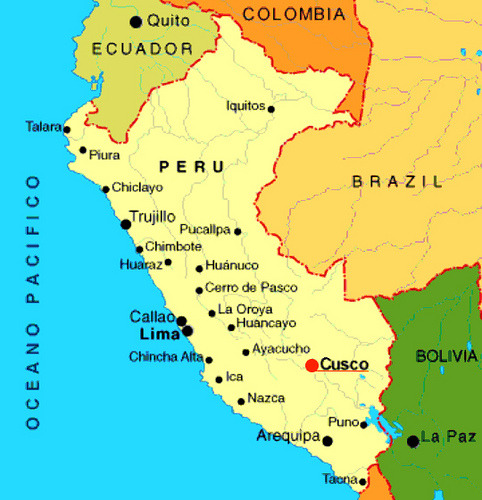
Because of the newfound medical use, and increasing European and American acceptance of cocaine, Peruvian liberal elites praised cocaine as a viable national industry.
Peruvian coca and cocaine competed on the market against Javan coca
The legal cocaine industry carried along throughout half of the twentieth century. Peruvians were alternatively defensive of this crucial national industry and supported legal cocaine
Placing cocaine at the center of the Peruvian economy as trade led to a spurt in entrepreneurial activities throughout the Peruvian highlands.
- Nearly two dozen cocaine factories were in active operation by 1905.
the absence of strong grass roots allowed the oppurtunity for both elements of the country’s military apparatus and guerrilla organizations in order to perform the role of intermediaries or traffickers
0 notes
Text
Columbia:
Bandas Criminales (Bacrim):
- The descendants of the formally demobilized paramilitary groups that made up the Colombian Sefl-Defense Forces now represent a new generation of drug traffickers in Colombia.
Cali Cartel:
- Founders:
Rodríguez Orejuela brothers
Gilberto and Miguel
José Santacruz Londoño
- Active Years: 1977–1998
Broke away from Pablo Escobar and his Medellin associates in the late 1980s
Basic lesson appears to be that smaller criminal networks are less vulnerable to law enforcement and state repression
Medellin Cartel:
- Leader: Pablo Escobar -Death: December 2, 1993, -After Escobar death: RAPID dissolution of Medellin Cartel
Post downfall of majority of Columbian Cartels:
Late 1990s: An unanticipated and unintended consequence of the demise of the country’s major cartels was that Colombia’s leftwing Fuerzas Armadas Revolucionarias de Colombia guerrillas and rightwing Autodefensas Unidas de Colombia paramilitary militias took control of coca cultivation and processing throughout rural Colombia, resulting in:
- increased drug-related violence between these two groups of armed illegal actors, both sought to eliminate the other and to secure their own territorial control over drug cultivation regions and the peasant growers across the Colombian countryside
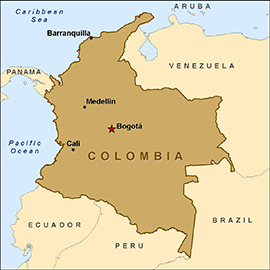
0 notes
Text
MEXICO:
In Mexico and Central America, elements of the military/police have sometimes performed functions of intermediation, but in the 1990s these countries have began to follow the Colombian pattern of criminal intermediation owing to the absence strong grower associations
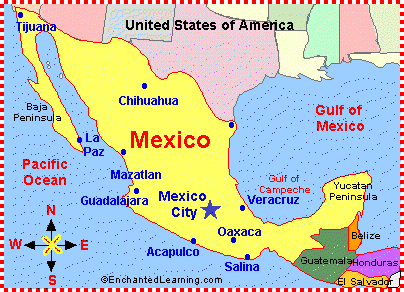
- Traffickers located in Mexico primarily worked closely with local political elites and law enforcement officials.
- Government curruption
- Beginning in the 1920s, the primary Mexican political class viewed trafficking as just another profitable business opportunity.
- Direct involvement of local political elites played an important role in reducing conflict and violence over the drug trade.
- Some of the Mexican trafficking organizations have begun to move into Central America — especially Guatemala and Honduras — to take advantage of these much weaker states to conduct their smuggling operations,
- Similar to Colombia in the 1980s and early 1990s, Mexico’s cocaine profits have energized the country’s major criminal networks as well as unleashed a large wave of violence among the different criminal organizations seeking to strengthen and consolidate their control of key smuggling/trafficking routes.
0 notes
Text
A focus on individual countries and the organized crime located in their borders:
Each country has its own form of organized crime all relating but also very much so different:
- Central and South America remain a the major central battleground for trafficking
0 notes
Text
Four periods of development of the drug industry in Latin America
Late Nineteenth Century - 1945:
- Mexico controlled the illegal trade in opium and marijuana
- Peru dominated the mostly legal trade in cocaine products
End of World War II - 1960s:
- The professionalization and greater organization of trafficking improve greatly -
- Networks of traffickers emerged.
1960s - 1984:
- Rise of Colombia as the predominant producer and trafficker after Bolivia, Chile, and Cuba fell by the wayside
- Mexican government attempted to ride marijuana and opium production from its state.
- This period also witnessed a sharp spike in the violence associated with the drug trade
1984 - 2000:
- Mexico has returned to a leading role since 1984 (result of connections made with Colombian traffickers in Panama)
- Drug-trade violence continues to escalate
0 notes
Text
The Introduction (Rise) of the various Cartels located in Latin America
The beginning of narco-trafficking in Latin America was brought about with the production of coca and coca-based goods in Peru as well as the movement of opium and marijuana from Mexico into the United States
REMINDER: The production, trafficking, and distribution of drugs to consumers has geographically moved many of times across all of Latin America. Like any successful businesses, narco-production oriented and narco-distribution oriented organizations have responded rapidly and extensively to changing consumer tastes and market demands in their intended consumer market.
Entrepreneurs throughout Latin America worked hard to take advantage of any rising opportunity in order to:
1) Increase the success of their businesses
2) Take advantage of the consistently strong demands throughout the world.
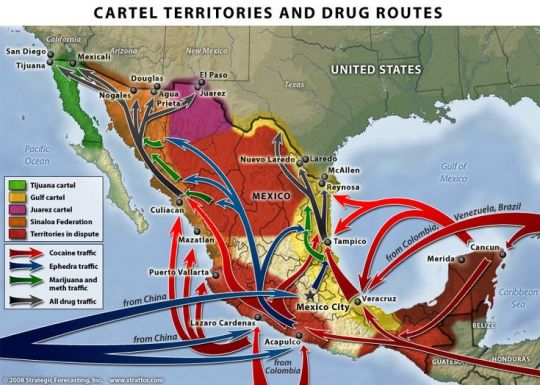
0 notes
Text
Major Latin American Countries containing organized crime groups (Cartels)
1) Mexico:
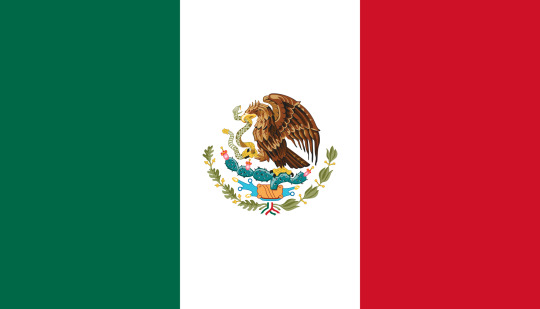
2) Columbia:
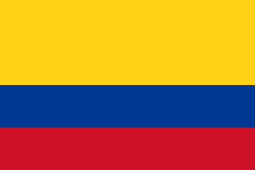
3) Bolivia:
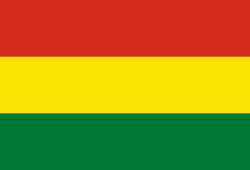
4) Cuba:
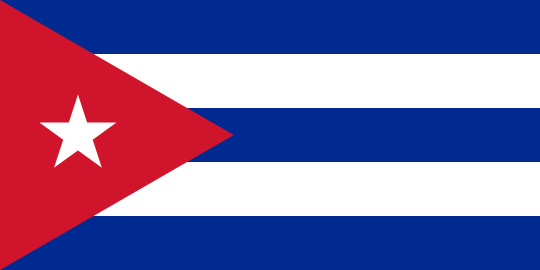
5) Chile:
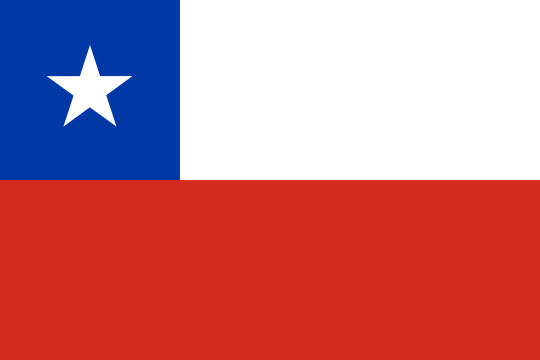
6) Peru:
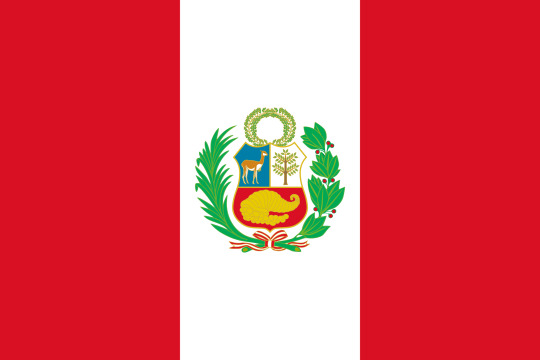
0 notes
Text
Latin American Drug Cartels
In this blog I will be taking a deeper look into the different drug cartels located in Latin America as I examine their rise, fall, successes, failures, trafficking routes and both their effects on their own governments as well as the other countries in their surrounding area.
0 notes